YouTube video: Facts are on nuclear’s side
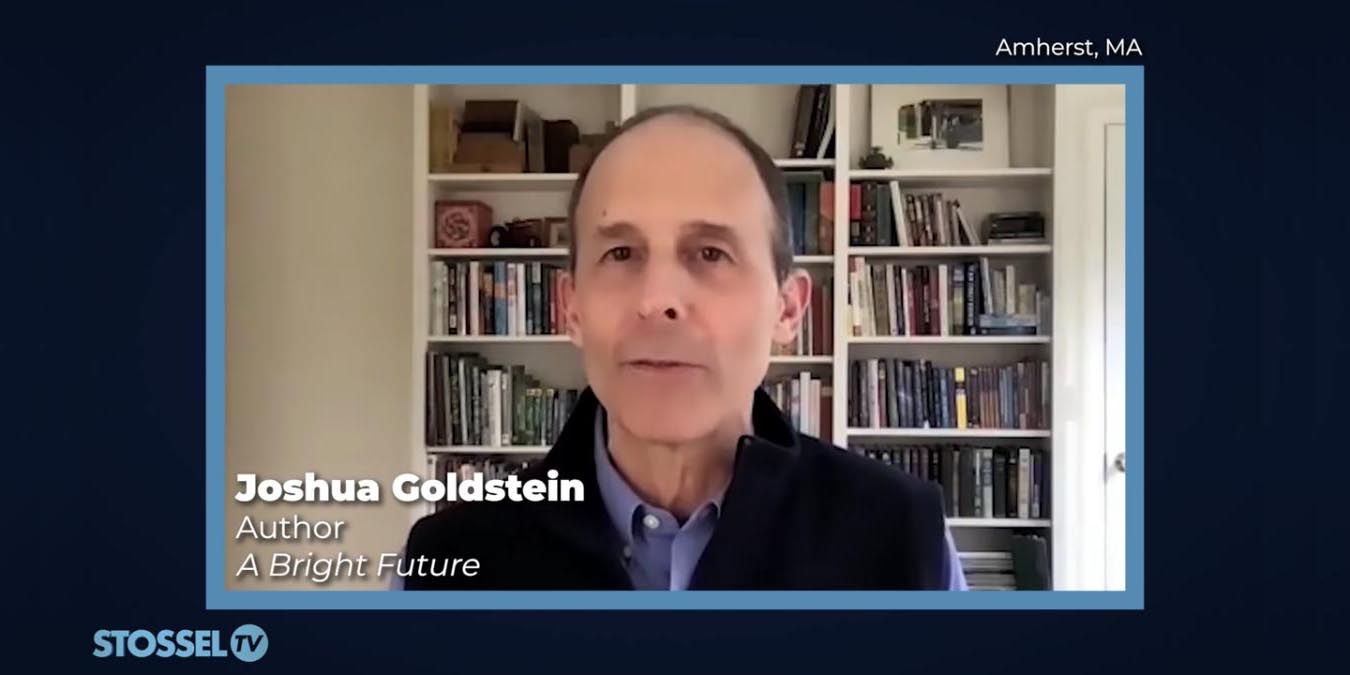
Climate activists rarely mention nuclear power as a tool in the battle against climate change, consumer reporter John Stossel comments during the video "The Nuclear Option" on his YouTube channel.
The ANS Nuclear Cafe is a blog owned and edited by the American Nuclear Society. Information contained on the ANS Nuclear Cafe has been provided by numerous sources. Therefore, the American Nuclear Society assumes no responsibility or liability for the accuracy of information contained herein. DISCLAIMER: The views expressed in posted articles do not necessarily reflect the views of the American Nuclear Society. The views expressed here are those of the individual authors. ANS takes no ownership of their views. The American Nuclear Society assumes no responsibility or liability for any use or operation of any methods, products, instructions, or ideas contained on this site.


Climate activists rarely mention nuclear power as a tool in the battle against climate change, consumer reporter John Stossel comments during the video "The Nuclear Option" on his YouTube channel.

Completing a 5,700-mile journey from Belgium, two 24-ton particle accelerators were delivered to NorthStar Medical Radioisotopes’ facility in Beloit, Wis., on April 22, the Wisconsin State Journal reported. Photos and a video of the accelerators being received at the facility are included in the report.

On April 26, 1986, reactor No. 4 of the Chernobyl nuclear power plant in Ukraine exploded, sending radioactive material into the environment and across Europe. After 35 years, Ukrainians are looking to the site of the world’s worst nuclear disaster “for inspiration, solace, and income,” according to an ABC News report.

The Department of Energy’s Richland Operations Office contractors Central Plateau Cleanup Company (CPCCo) and Hanford Mission Integration Solutions (HMIS) teamed up recently to dive into inspection and maintenance activities at the Hanford Site in Washington state.
Project video: View this video for sights and sounds from this unique project.
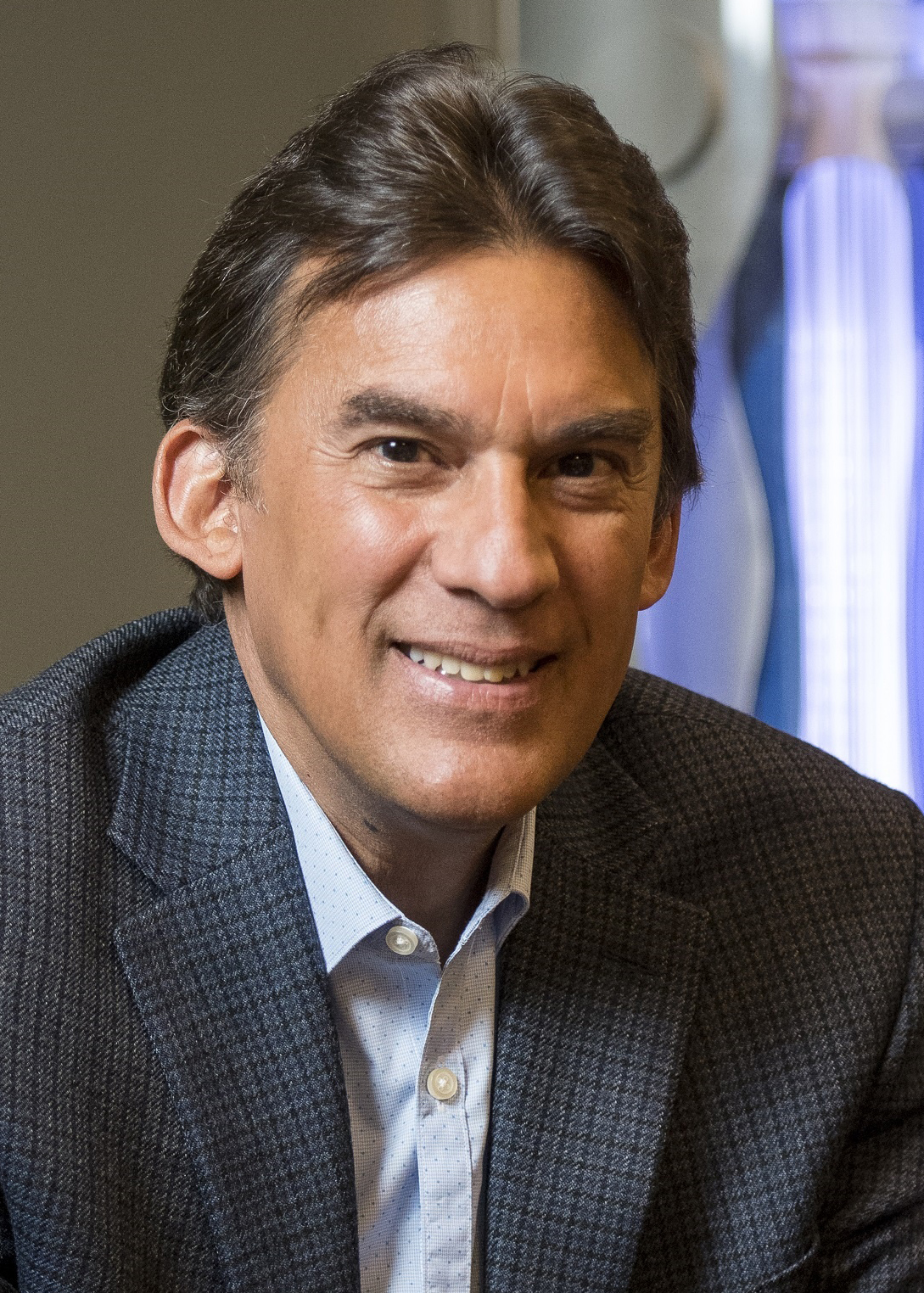
Reyes
José Reyes, cofounder and chief technology officer at small modular reactor developer NuScale Power, touted the potential of the firm’s technology to help solve the nuclear industry’s cost-overrun issues in an interview yesterday with Yahoo Finance. (At up to 77 MWe gross, the NuScale Power Module is the smallest of the light-water SMRs in development.)
Speaking with journalist Akiko Fujita, Reyes, an ANS member since 1977, also touched on nuclear’s role in addressing the issue of climate change.
The eight-minute discussion is available online, along with the interview transcript.
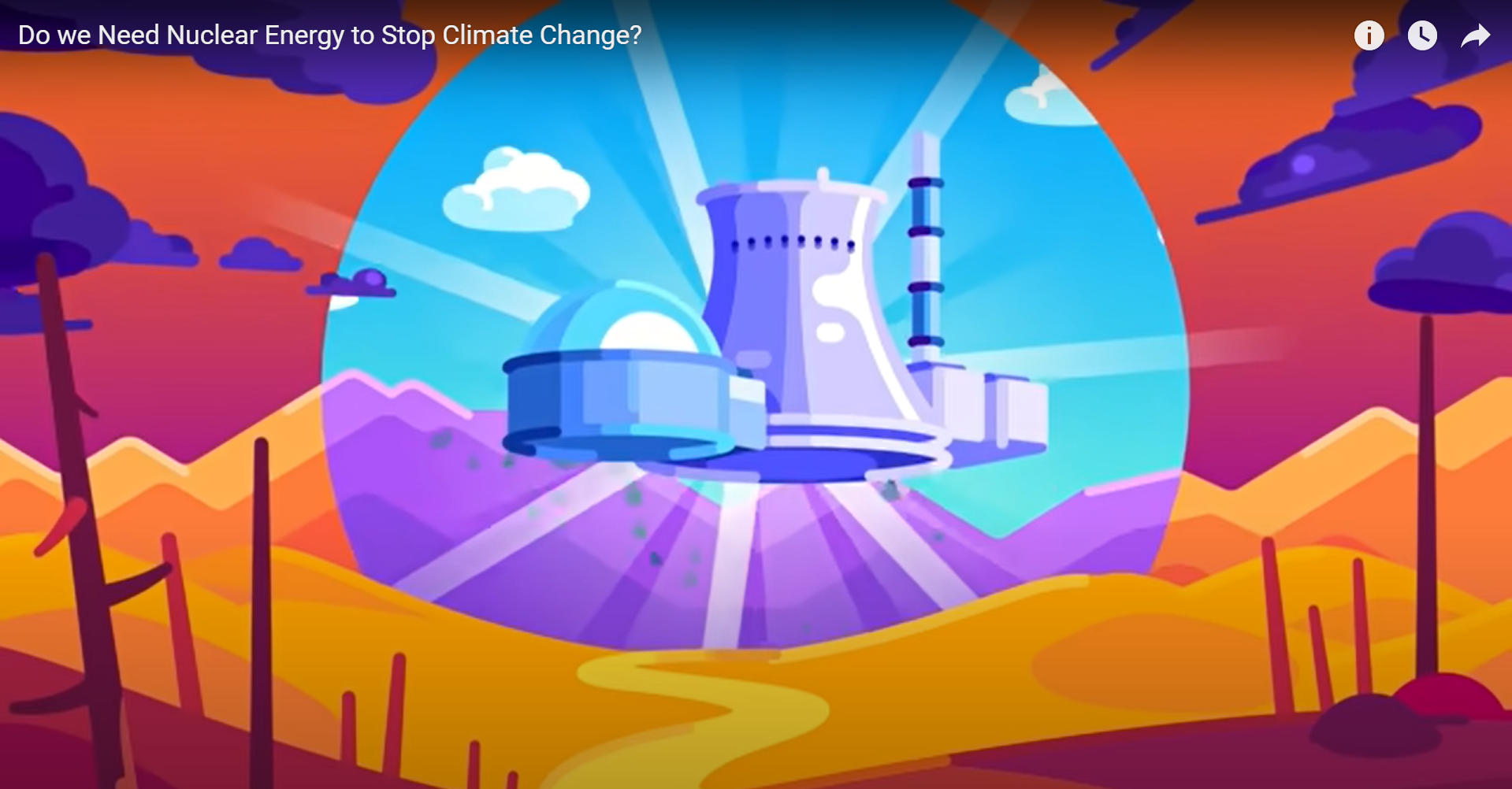
The German animation studio Kurzgesagt released a new video to its English YouTube channel last week to answer the question, “Do we need nuclear energy to stop climate change?” The studio’s channel on YouTube is self-described as a small team working to make science look beautiful. Its videos discuss a variety of scientific, technological, philosophical, and psychological questions, and it has more than 14 million subscribers. The channel recently discussed the question of deaths caused by radiation—spoiler alert, nuclear is among the safest of all energy production.

Nuclear has added some star power, and we're not talking about fusion. U2 guitarist The Edge—whose real name is David Evans—says that countries need to consider adopting next generation nuclear power to meet their climate change targets.

Black
Missouri has only one nuclear power plant, Ameren Missouri’s single-unit Callaway facility. State Rep. John Black (R., 137th Dist.) doesn’t think that’s enough.
Black’s H.B. 261, introduced earlier this year after a similar version failed to make headway in 2020, would create the Missouri Nuclear Clean Power Act, aimed at fostering the development of nuclear power in the state. Under the bill, companies that build clean baseload generating plants or renewable-source generating plants rated at 200 MW or more would no longer be prohibited from charging for construction costs before beginning operation.
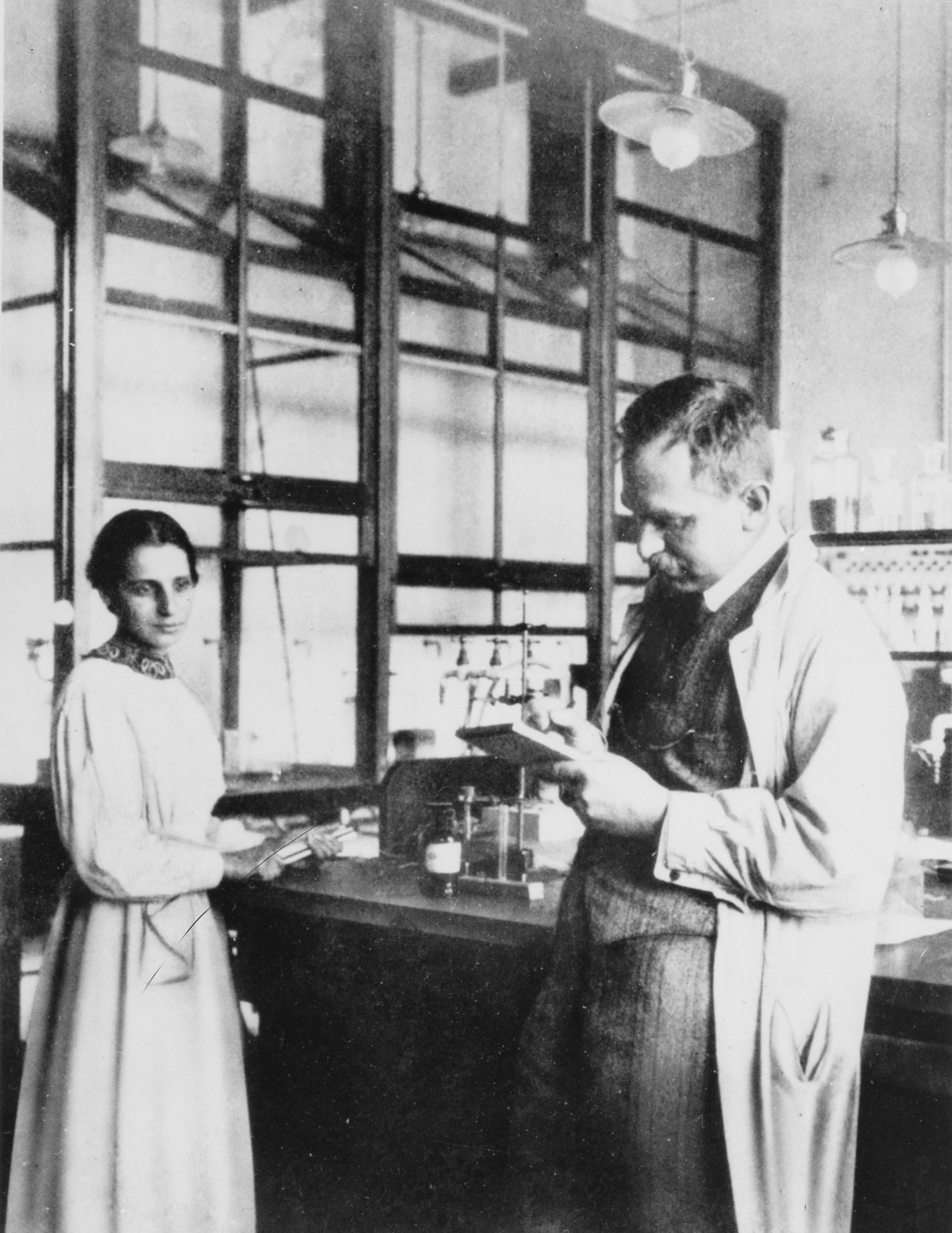
Comparing matter to a “lush tapestry, woven from a complex assortment of threads,” physics writer Emily Conover traces the evolution of our understanding of the atom over the past century in the recent Science News article, “How matter’s hidden complexity unleashed the power of nuclear physics.” Conover uncovers how our vision of matter changed from that of a “no-nonsense plaid” to one of an “ornate brocade,” ultimately transforming nuclear physics from an arcane academic pursuit to something that forever changed the world.
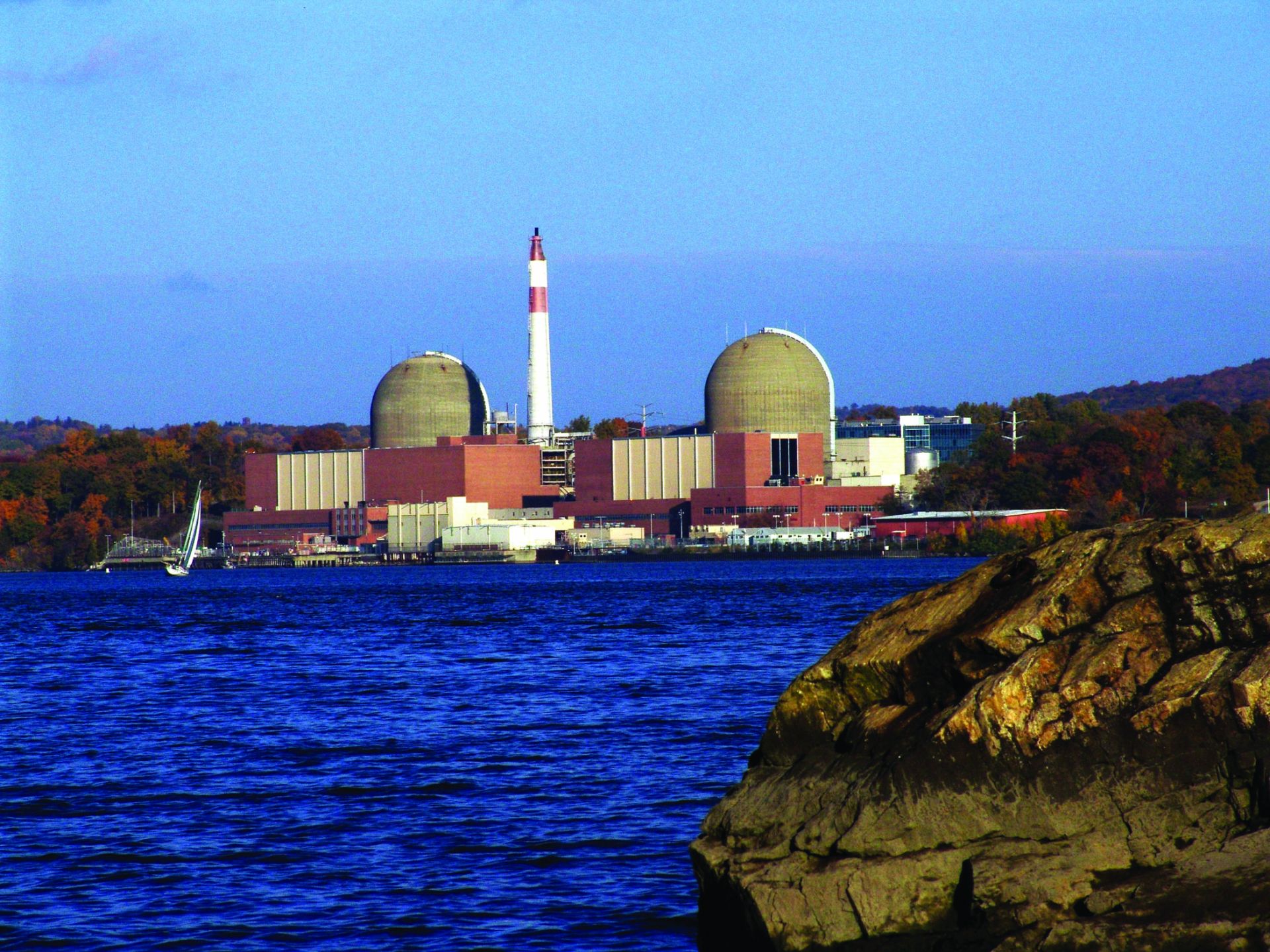
With a blunt but indisputably accurate headline, an article from yesterday’s New York Times on the imminent closure of Indian Point makes it immediately clear what will happen when Unit 3, the nuclear plant’s last operating reactor, is shut down at the end of this month: The state of New York will be forced to rely more heavily on fossil fuels for electricity generation.
Following the retirement of Indian Point-2 last April, the share of New York’s power coming from gas-fired plants rose to about 40 percent, from about 36 percent in 2019, the piece notes, adding that the share from renewables moved up only slightly, to about 30 percent.
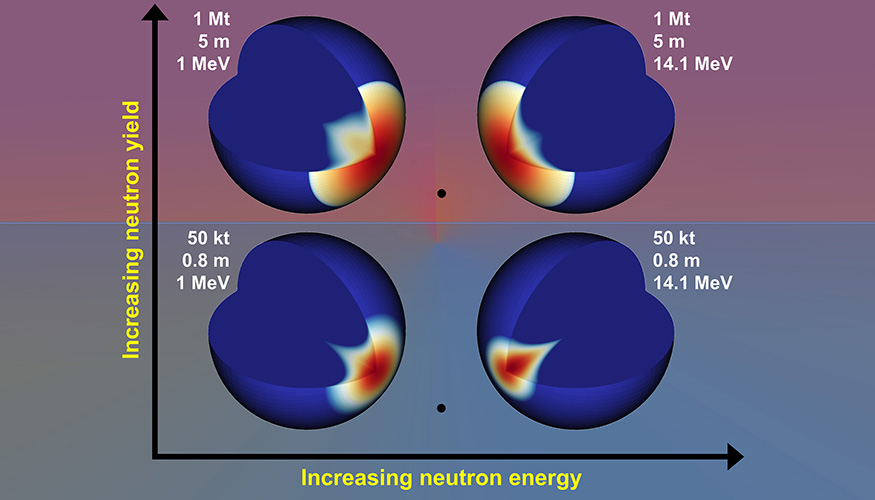
A research collaboration between Lawrence Livermore National Laboratory and the Air Force Institute of Technology (AFIT) has investigated how the neutron energy generated by the detonation of a nuclear device could affect the path and speed of an asteroid on a collision course with Earth by melting and vaporizing a portion of the asteroid. The research, which compared the deflection caused by two different neutron energies—14.1 MeV and 1 MeV, representing fusion and fission neutrons, respectively—is described in an article published by LLNL on April 8.
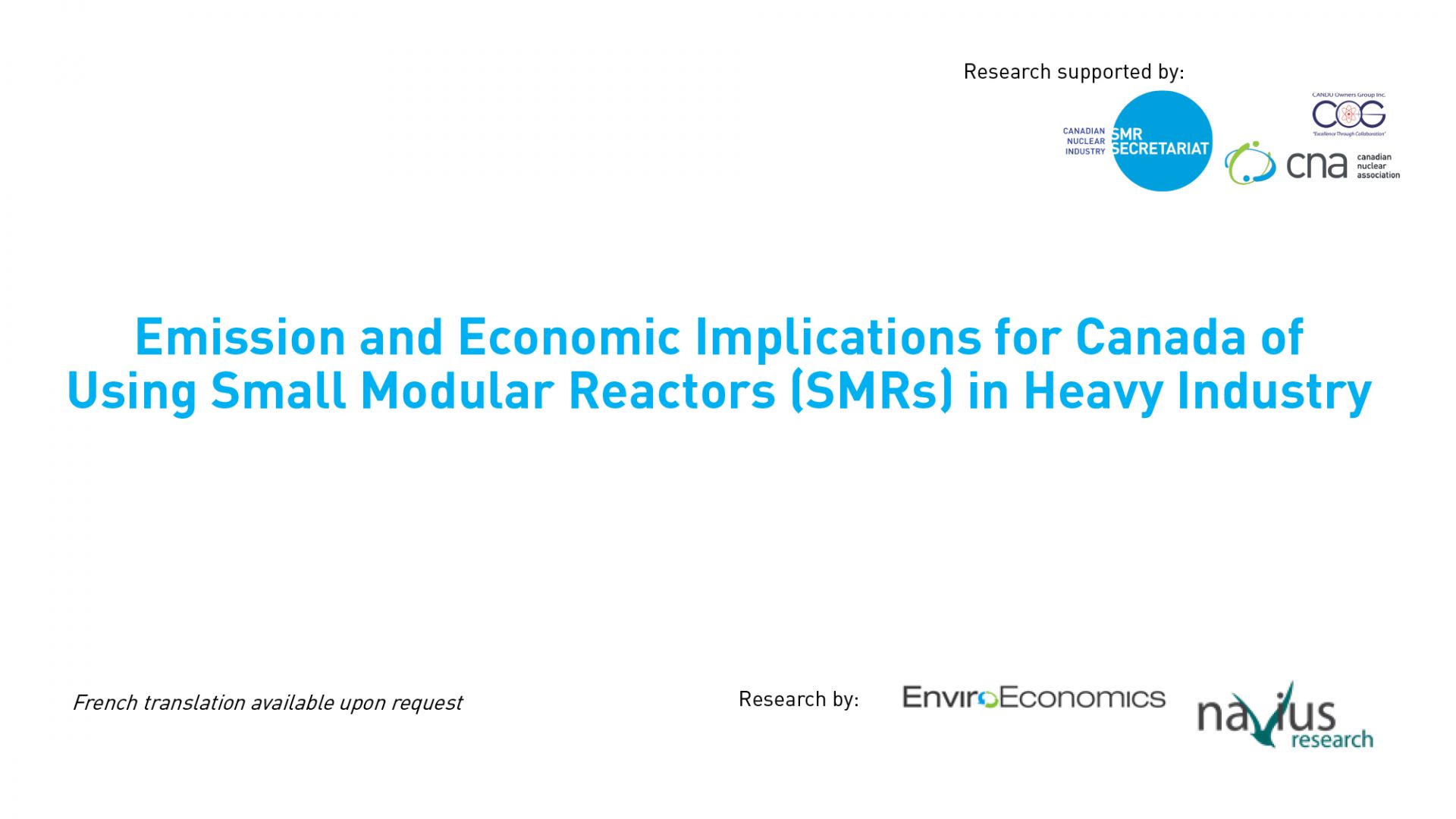 New research indicates that small modular reactors have the potential to deliver cost-effective emission reductions in Canada’s heavy-industry sector. The research was conducted by consulting firms EnviroEconomics and Navius Research, with support from the Canadian Nuclear Association and the Canadian Nuclear Industry SMR Secretariat, along with the CANDU Owners Group.
New research indicates that small modular reactors have the potential to deliver cost-effective emission reductions in Canada’s heavy-industry sector. The research was conducted by consulting firms EnviroEconomics and Navius Research, with support from the Canadian Nuclear Association and the Canadian Nuclear Industry SMR Secretariat, along with the CANDU Owners Group.
Researchers explored a variety of cost and technical assumptions for deploying SMRs. Across all scenarios, SMRs delivered low-cost emission reductions, driving down the cost of getting Canada to net zero by 2050—a stated goal of the Trudeau administration. With deployments set to begin as early as 2026, SMRs could be widespread by 2035 as the demand increases rapidly for reductions in the industrial sector, according to the researchers.
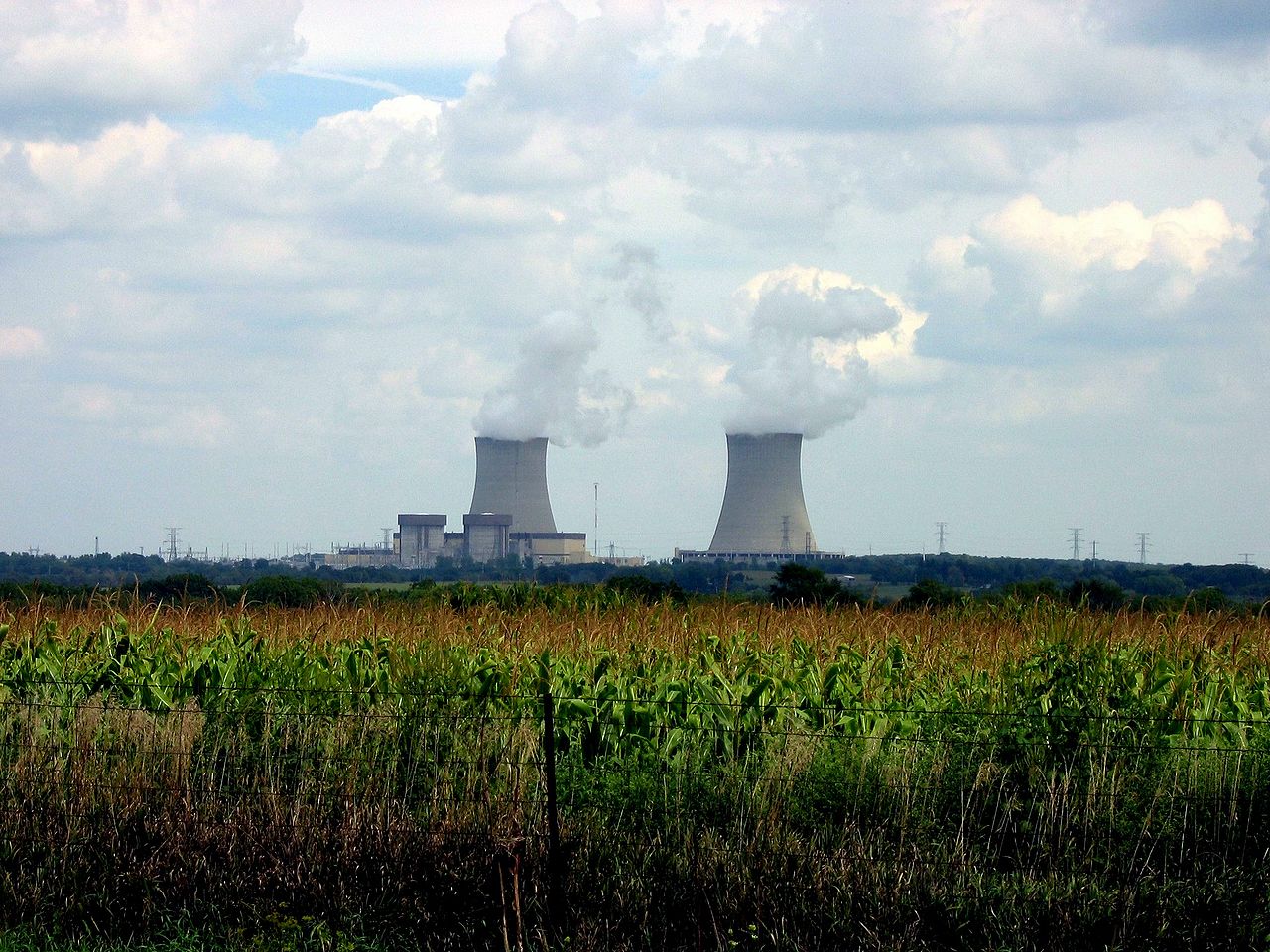
The University of Illinois Student Section and Chicago Local Section of the American Nuclear Society hosted a webinar, The Role of Nuclear Power in Illinois, on Wednesday, March 31. The webinar provided information for state lawmakers and the general public about the potential consequences of closing the Byron and Dresden Generating Stations, two of the nuclear power plants in the state of Illinois.
The webinar recording has been archived and is available for viewing for free at the above link.
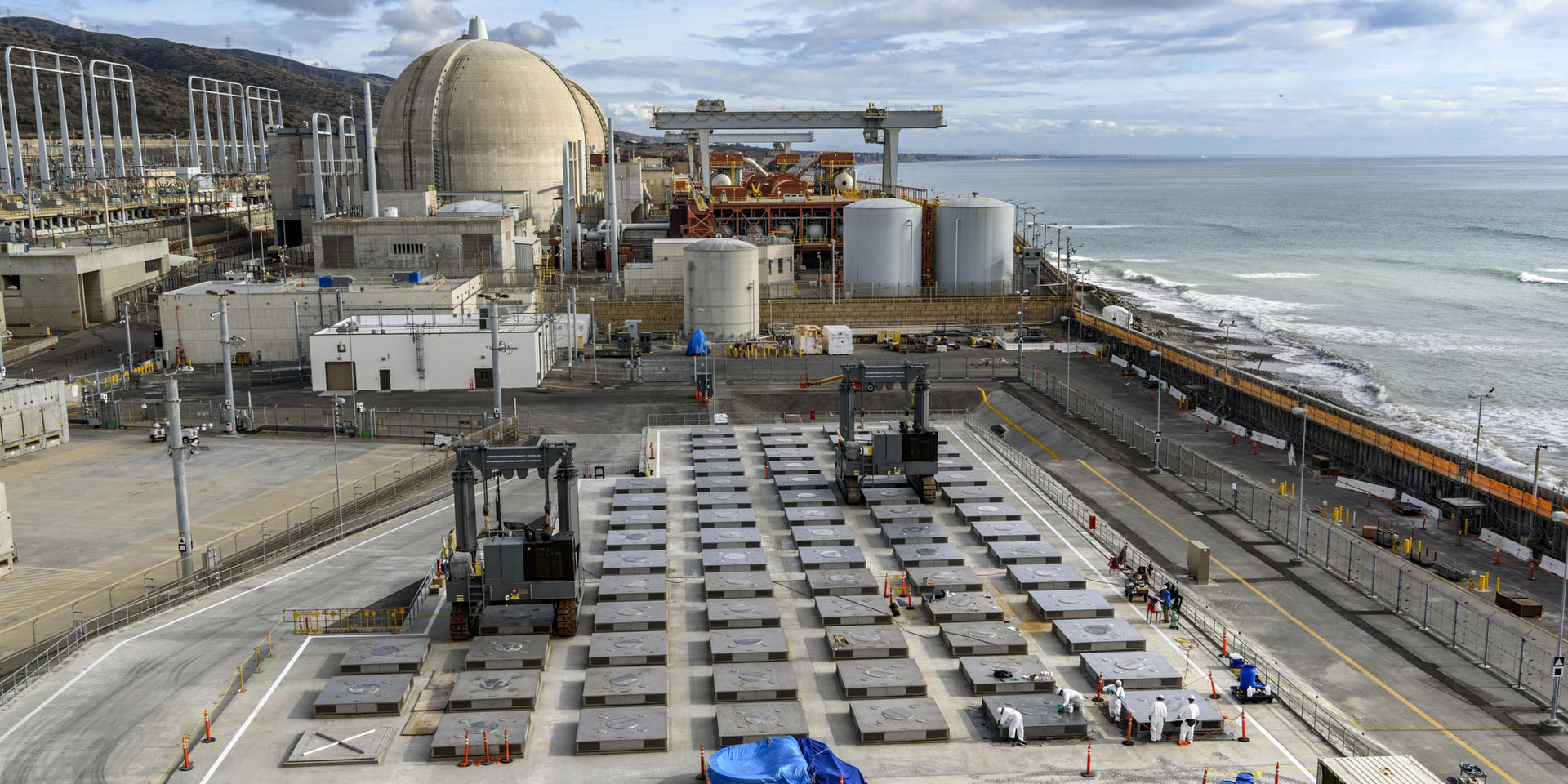
Saying they are cautiously optimistic that the Biden administration can change the U.S. trajectory on nuclear waste, some Stanford University experts have offered their recommendations on how it can be done in a recent Stanford news posting.
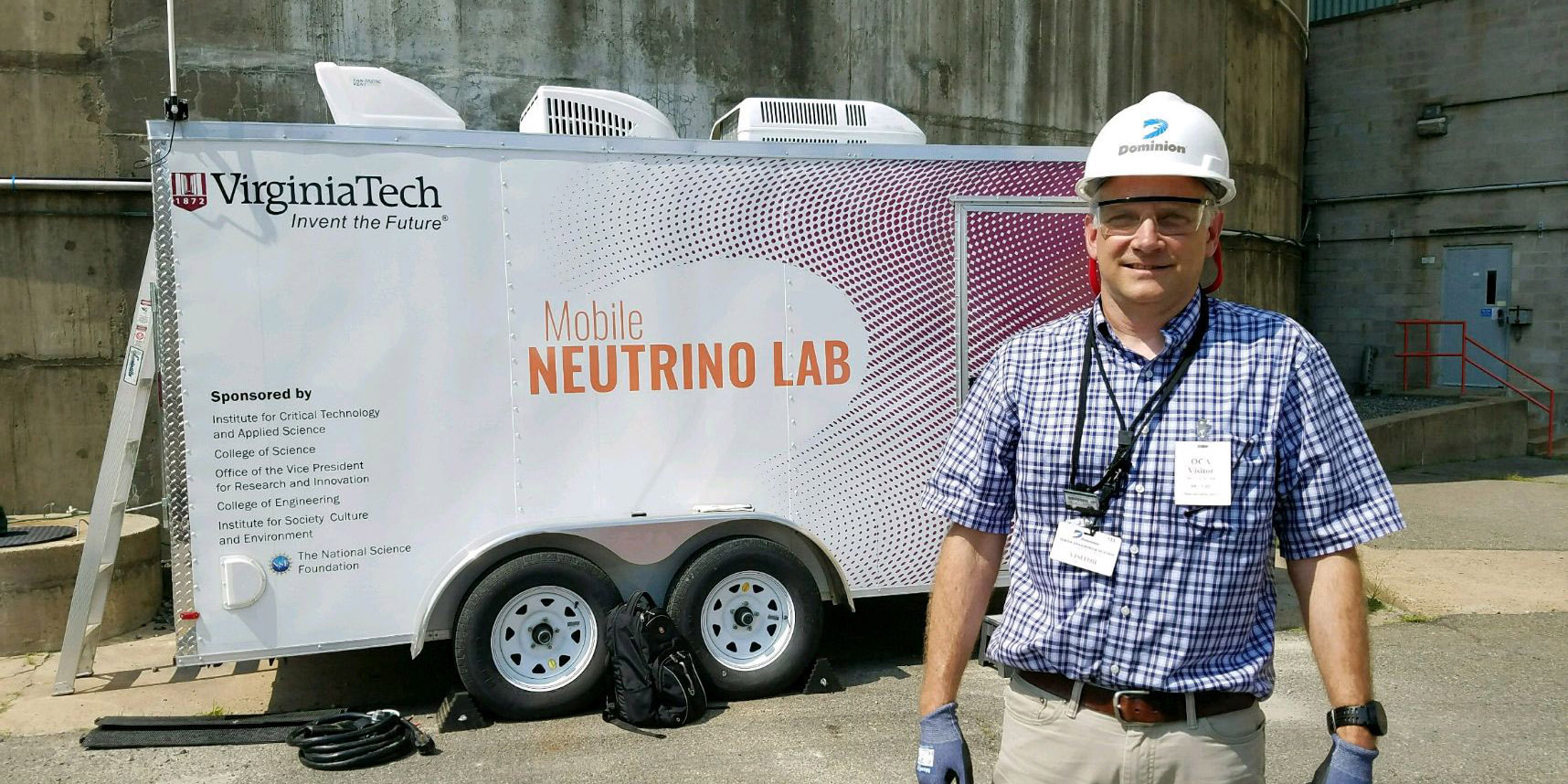
A free webinar on the subject of "The Curious History of Neutrinos and Nuclear Reactors" will be held on Friday, April 9, from 10:30 to 11:30 a.m. (EDT). Registration is required.
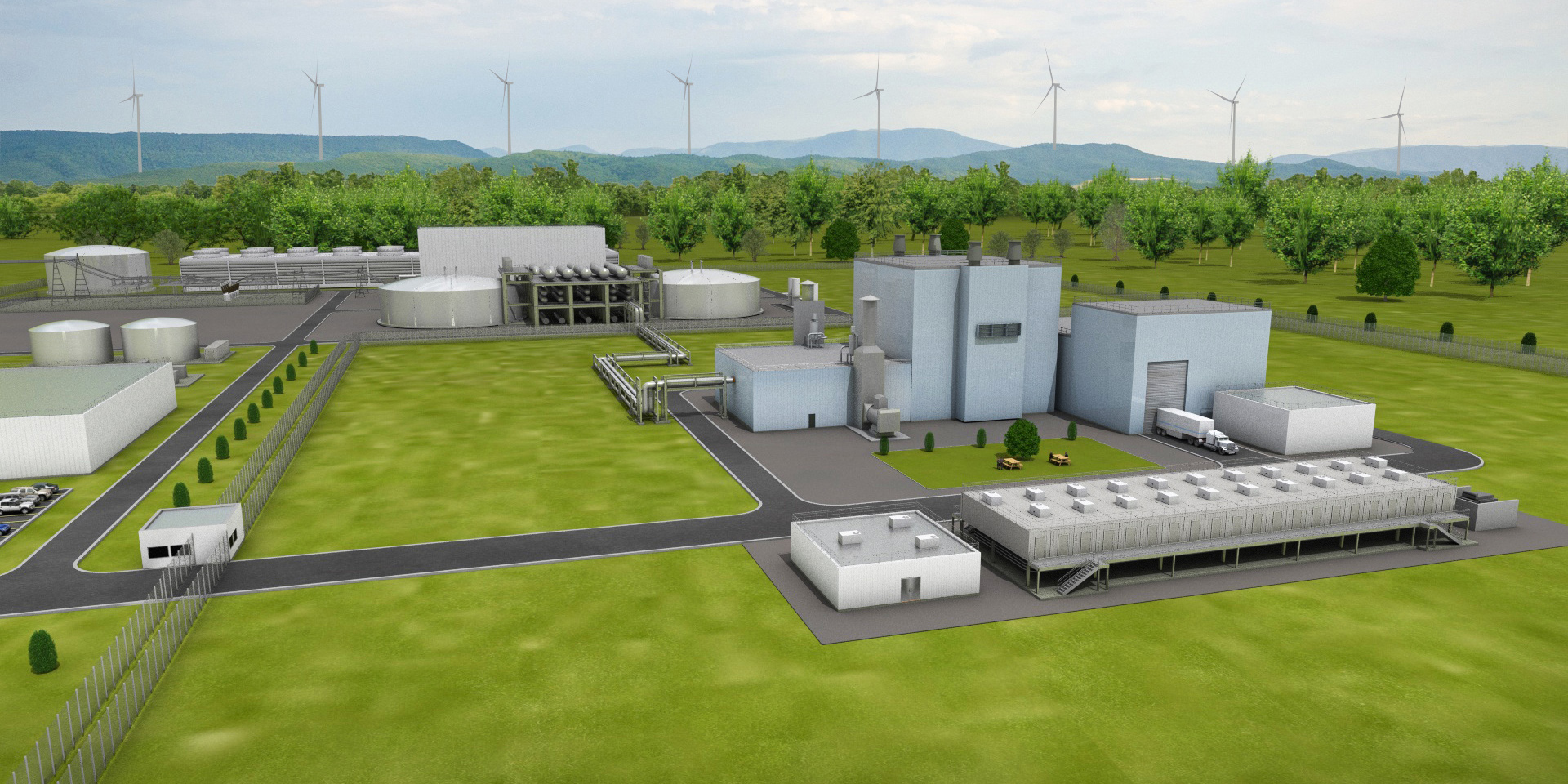
Around the world, national and local policymakers and business leaders are making bold and ambitious commitments to clean energy goals. In the United States, one in three Americans now lives in a city or state that has committed to or has achieved 100 percent clean electricity, according to the Luskin Center for Innovation at the University of California–Los Angeles.
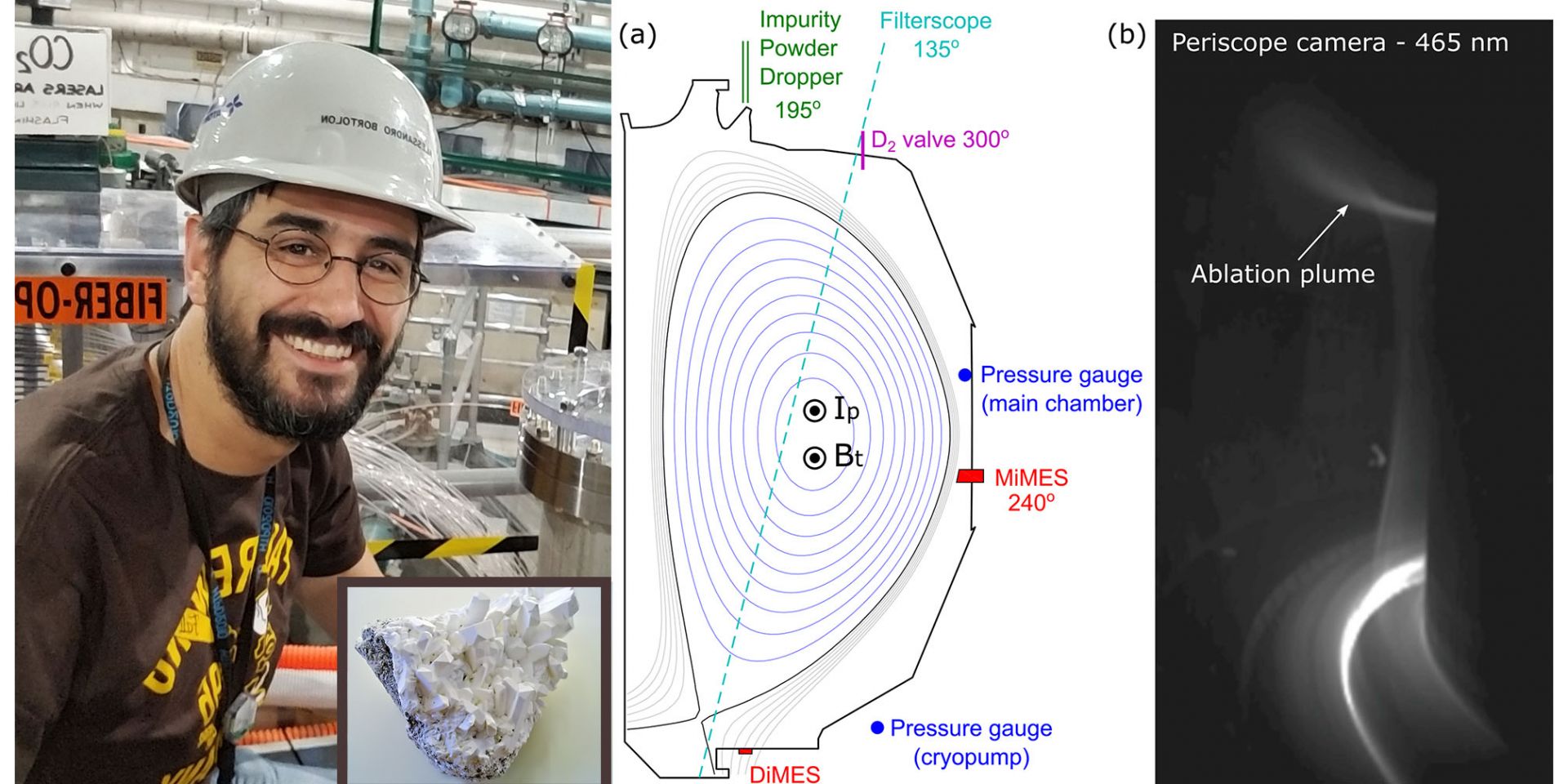
Research led by scientists at the Department of Energy's Princeton Plasma Physics Laboratory (PPPL) provides new evidence that particles of boron, the main ingredient in Borax household cleaner, can coat internal components of doughnut-shaped plasma devices known as tokamaks and improve the efficiency of the fusion reactions, according to an article published on Phys.org on April 2.

Holtec International’s SMR-160 is a pressurized light-water thermal spectrum reactor that relies on natural circulation, thereby eliminating the need for reactor coolant pumps during normal operation. The reference design incorporates a lower pressure conventional steam turbine and wet cooling via a tube-and-shell condenser coupled with forced-draft cooling towers. Optionally, the plant can use dry cooling via Holtec’s HI-KOOL air-cooled condenser.

Biden
President Biden introduced a $2 trillion American Jobs Plan on Wednesday to overhaul and upgrade the nation’s infrastructure as part of his “Build Back Better” campaign pledge. His plan is ambitious: “It is not a plan that tinkers around the edges,” Biden said. “It is a once-in-a-generation investment in America.”
According to Axios, the policy would be “the most far-reaching federal investment to date in programs that would help curb greenhouse gas emissions. But it faces serious challenges in the closely divided Congress.”
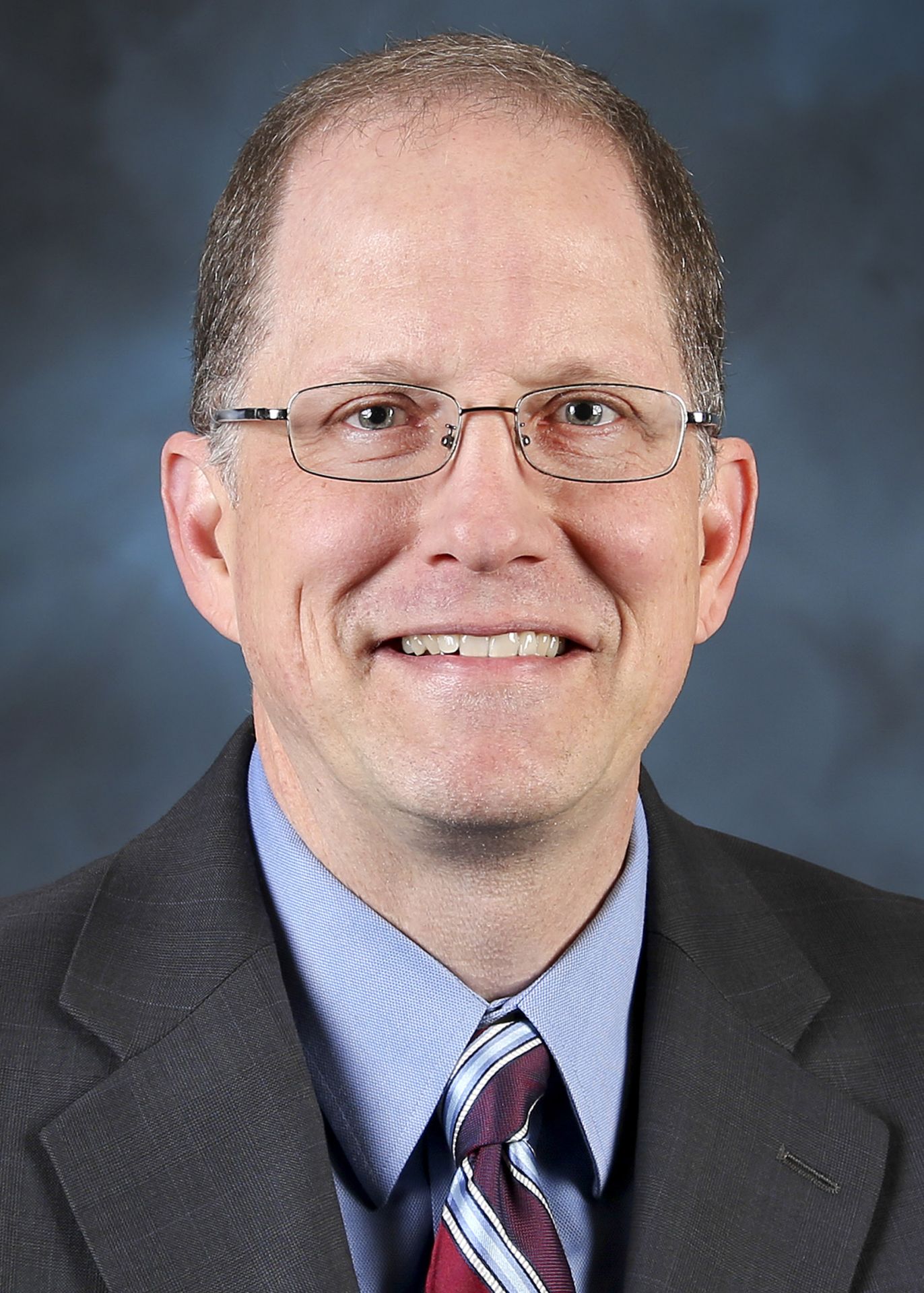
Icenhour
Alan S. Icenhour, an ANS member since 2002 and a Fellow, has been named deputy for operations at the Department of Energy’s Oak Ridge National Laboratory. He succeeds Jeff Smith, who is retiring this spring after serving in the role since UT-Battelle began operating the lab in 2000.
Background: Icenhour joined ORNL in 1990 as an engineer and served most recently as associate laboratory director for the Isotope Science and Engineering Directorate. He led the Nuclear Science and Engineering Directorate from 2014 until the isotopes directorate was formed in October 2020, and he has held a variety of other leadership positions as well as an assignment as senior technical adviser to the National Nuclear Security Administration.